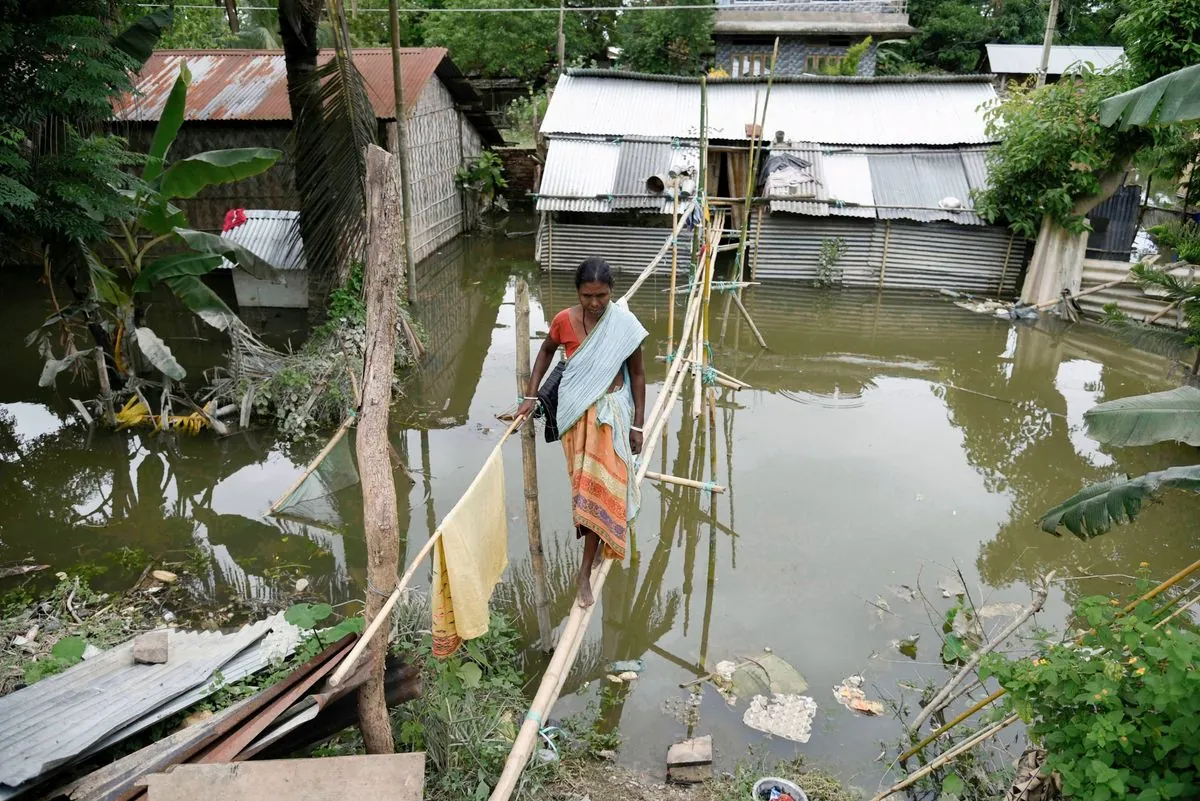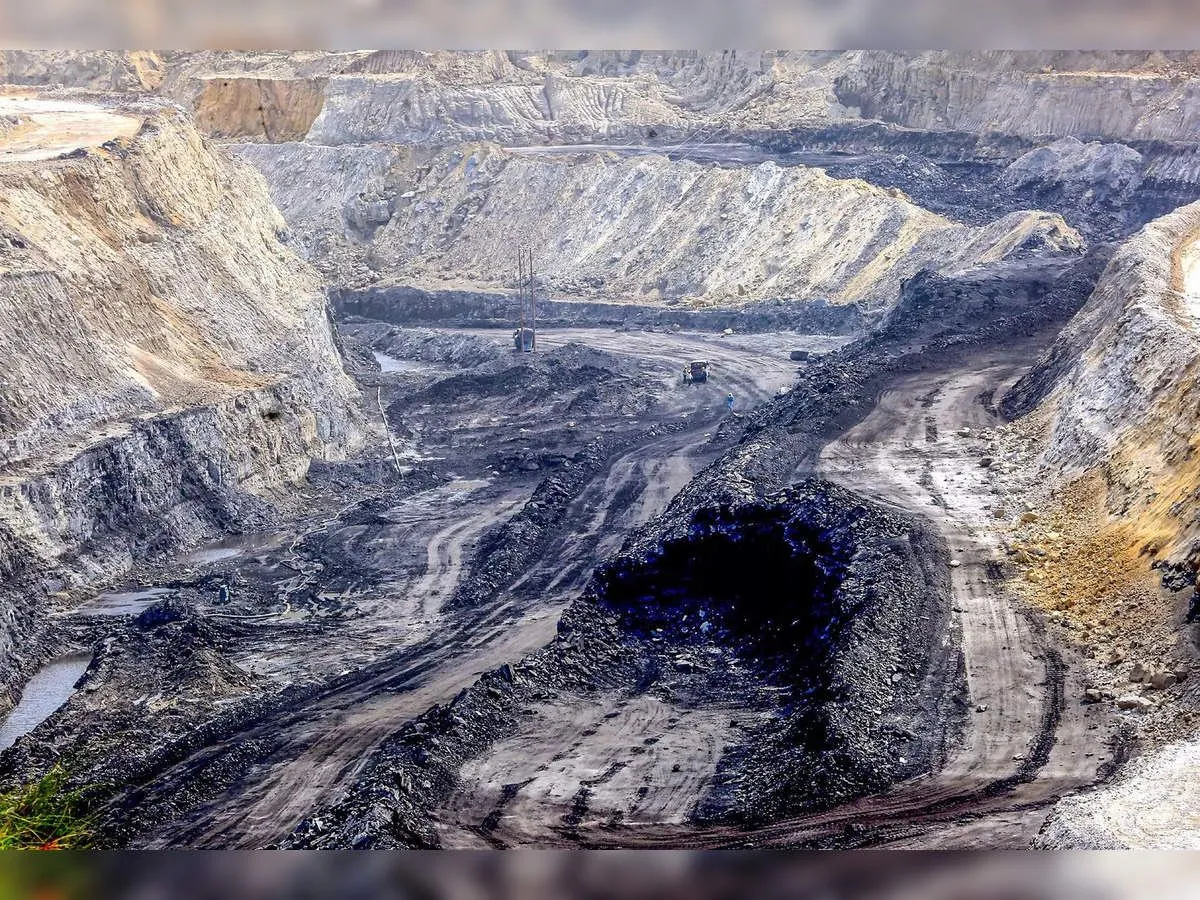India's Infrastructure Output Shrinks 1.8% in August 2024 Amid Heavy Rains
India's infrastructure output contracted by 1.8% in August 2024, marking the first decline since February 2021. Heavy rainfall impacted coal and electricity production, potentially slowing industrial growth.

India's infrastructure sector experienced a setback in August 2024, with output contracting by 1.8% compared to the same month last year. This marks the first decline since February 2021, primarily attributed to heavy rainfall affecting key industries.
The infrastructure output, which accounts for 40% of India's industrial production, had previously shown growth of 6.1% in July 2024. This recent contraction has raised concerns about the overall industrial output, which experts predict could slow down to approximately 1% in August from 4.8% in July.
Aditi Nayar, chief economist at ICRA rating agency, explained, "Excess rainfall impacted mining activity, with the output of coal, crude oil, and natural gas declining, while also leading to a contraction in electricity generation in the month."
India, the world's third-largest producer and consumer of electricity, relies heavily on coal for about 70% of its power generation. The country's coal production fell by 8.1% in August, compared to a 6.8% growth in July. Similarly, electricity generation decreased by 5% in August, following a 7% growth in the previous month.
Despite these challenges, Prime Minister Narendra Modi's government remains committed to boosting economic growth through infrastructure development. The administration has proposed investing 11.1 trillion rupees (approximately $132.5 billion) in infrastructure for the fiscal year ending March 2025, representing about 3.4% of GDP.

The performance across various sectors showed mixed results:
- Steel production grew by 4.5%, down from 7.2% in July
- Cement output fell by 3%, compared to a 5.5% rise in July
- Fertilizer production increased by 3.2%, lower than the previous month's 5.3% rise
- Refinery products output declined by 1%, contrasting with July's 6.6% increase
- Crude oil production fell by 3.4%, slightly worse than July's 2.9% decline
- Natural gas output decreased by 3.6%, compared to a 1.3% decline in July
These figures reflect the challenges faced by India's infrastructure sector, which is a key driver for the country's economy. The nation's ambitious goal of becoming a $5 trillion economy by 2025 heavily relies on robust infrastructure development.
India's infrastructure development is guided by the National Infrastructure Pipeline, which aims to address challenges such as land acquisition and environmental clearances. The country boasts the world's fourth-largest coal reserves and refining capacity, highlighting its potential for growth in these sectors.
Despite the current setback, India's long-term infrastructure outlook remains positive. The country's cement industry is expected to reach 550-600 Million Tonnes Per Annum (MTPA) by 2025, while its refining capacity is projected to grow to 400 million tonnes per annum in the same year.
As India navigates through these temporary challenges, the focus remains on balancing immediate economic needs with long-term sustainable development goals, including ambitious plans to increase renewable energy capacity and maintain its position as a global leader in various industrial sectors.


































